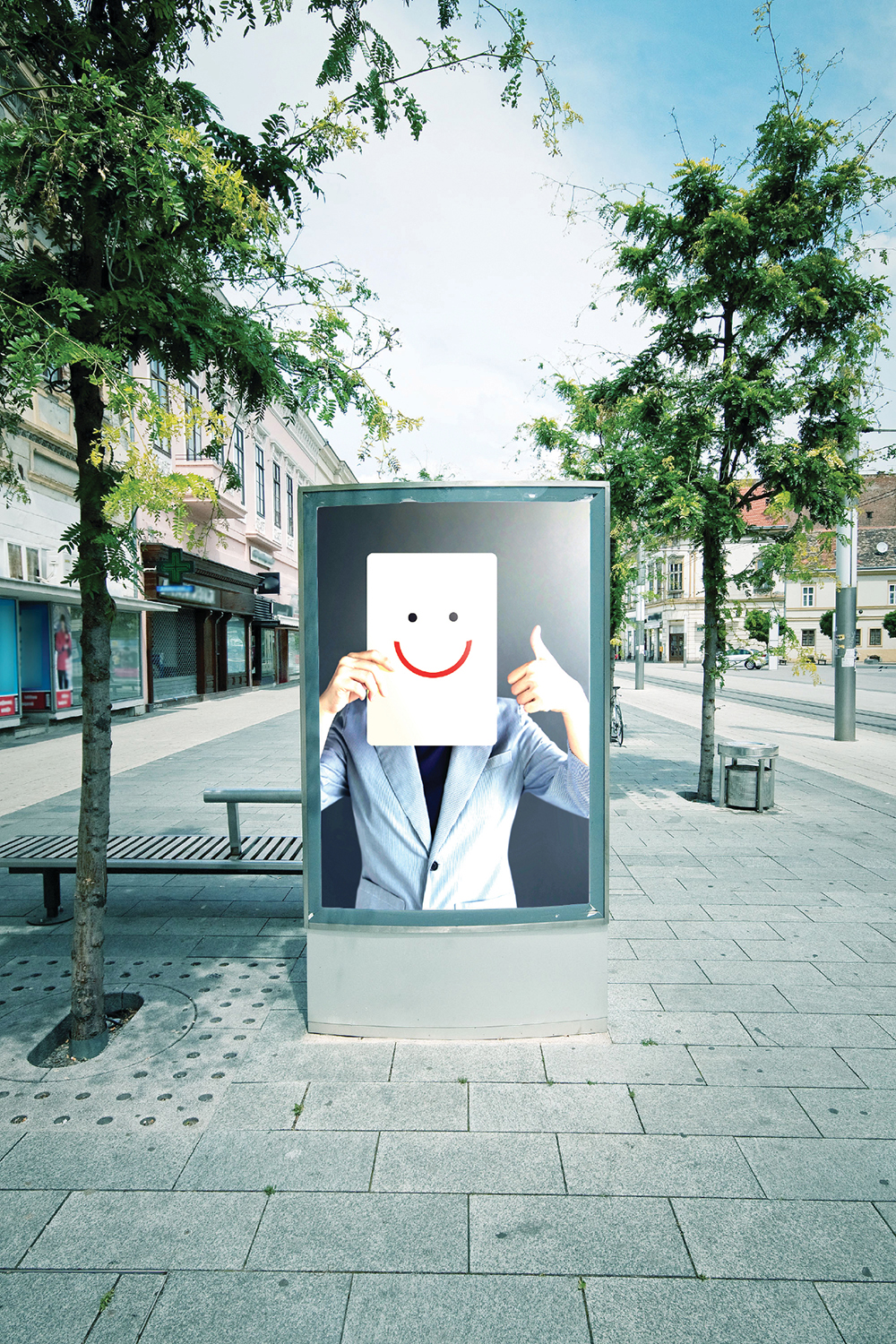 Creating the right environment in which clients and their agencies can develop a mutually beneficial relationship has never been more important, writes Una Herlihy.
Creating the right environment in which clients and their agencies can develop a mutually beneficial relationship has never been more important, writes Una Herlihy.
Earlier in the summer I was invited to give a presentation at one of the Marketing Society’s breakfast seminars on the future of the client/agency relationship and I was so delighted to do so because I get to see a lot of agency/brand relationships in operation across lots of industries and markets. Most of them are ok, but every so often I see some really great relationships and similarly I get to see some really bad ones. My passion is trying to figure out what makes the good ones really good and what’s getting in the way of the average ones getting better.
What I have come to understand is that great work happens where there is a great relationship and great work should impact the business performance of both client and agency. That’s the holy grail- an environment where everyone is contributing and everyone is benefiting. What that looks likes in practical terms is the client gets ideas or effective use of spend or strategic thinking that is growing their business and the agency is getting the security to build a sustainable business.
So, we have to ask ourselves why this isn’t the norm? The reason why, in my opinion, is that we are trying to solve the wrong problem in the industry. Between empowered consumers that everyone is trying to track down and the impact of tech and data, this has thrown the whole world upside down and that has led to a much faster market where everything is happening at an accelerated pace and yet how we operate hasn’t evolved much with the market.
That’s not to say there isn’t change or some effort towards a new way. We are constantly seeing new types of agencies being born, creative agencies planning media, media agencies doing creative, brand owners are taking creative in house. And lots more change to come no doubt. But from my perspective the key thing is whether they are in house or not, whether they are one stop shop or a collection of specialists, you still have the same challenge which is how do you create a high-performance team across disparate disciplines regardless of which company they work for. And for me it always comes back to the single thought that great work happens when the environment for great team work is in place and is being nurtured. We are all speculating about what the model of the future is going to look like. What I’m saying is that from my experience its less about the model and more about the team environment and this is what we really need to evolve and nurture.
For me, there are three things we need to focus on as we strive towards high performance teams creating great work and I’m going to tell you a story to illustrate my first point.
Last year, I got a call from a head of brand and he described an environment where the agency had a lot of people working on the business but it wasn’t generating a lot of exciting ideas and a lot of them were off brief. And he was really frustrated about this because he was paying for all this time and not seeing the results. From the agency perspective they were also struggling. They didn’t believe they were getting clear briefs, client feedback was unstructured, coming in dribs and drabs, highly subjective and vague, and a lot of negative interactions and behaviours had started to creep into the relationship resulting in a lot of stress and burn out. Ultimately the head of brand determined that they really needed to understand what was driving this or alternatively put the agency on review. Thankfully, they decided to commit to fixing what they had.
So, when I went in, here’s what I discovered: the agency had one set of goals and the brand had a completely different set of goals. Both teams were measuring success in a completely different way. They also had two different ways of working, different ways of thinking and two different cultures. In other words, they valued different things. Now anytime an agency and a brand come together this is the norm. But the crazy thing is that we think we can bring two cultures together and they’ll just click simply because we have signed some sort of agreement. But think of other industries where there is merger or an alliance. They spend huge amounts of time ensuring there are common goals, that there is a culture that is evolved to work as one, that there is a clear set of values and often a charter in place. What we need to evolve to once the agreement is signed is that the senior team within the brand and agency are agreeing how they are going to jointly create, nurture and sustain a high-performance team culture.
The second area for evolution is compensation. This causes a lot of tension in the relationship, it can sometimes feel unfair to both sides and it can also focus on the wrong thing which is inputs as opposed to outcomes or results. From my experience and research, brand and agency teams that work in a high-performance environment tend to have a model where the brand gets the contribution it needs and the agency gets the reward it deserves. Some people might think this is about paying on results only and not for the time you spend. However, the reality is that there are times when the hourly rate is the fairest for what’s done so for example, production or studio time. So, many of these arrangements have a mixed compensation model which is fair to all.
So how do these teams end up at a better model? Firstly, the agency is better at demonstrating and standing over its value, they are better at M&E and can therefore support their clients in making the business case for marketing and the clients are better at identifying the results they want to achieve and articulating them in a way that is clear and inspiring for agency teams.
Finally let’s deal with the thorny issue of agency selection. The way it works in many processes unfortunately is that the agencies have to carry an overly onerous time and cost burden and that creates an unsustainable environment for them. It also generates a lot of redundant work. The way I look at it is that it’s about finding an agency who is best suited to your business needs and then going about designing a process that give you visibility on the things that are most important to you. I use the recruitment industry as an analogy. When I talk to clients and ask them what they’re looking for in their agency a lot of them say they want an extension of their marketing team. So, if that’s the case then you should interview them like they’re going to be a team member. In this way the selection process would be more of a recruitment process where you would assess the way they think, the way they behave as much as you would assess their ability to perform a task. The emphasis needs to be more on these things rather than their response to a pitch task which is often created in a vacuum with little or no interaction with the client. This gives you little indication of what they’re like to work with, or how they think. After all we all know that great work comes out of great relationships not out of a pitch process.
I work with lots of different clients. They’re all smart and sensible people who want to do the right thing and my experience is that they are really open to change. They want to create the conditions for the agencies to succeed because they know this will get them a great result. To get to this point brand teams and their agencies need to commit to creating and sustaining the conditions for a high-performance relationship to be embedded.
I am optimistic about the future. There are great relationships out there creating great work and more and more of the Clients I work with are keen on finding a fairer, more transparent and collaborative relationship that generates great work.
Una Herlihy is a marketing consultant and facilitator.
First published in Irish Marketing Journal (IMJ July/August 2018)© to order back issues please call 016611660





















